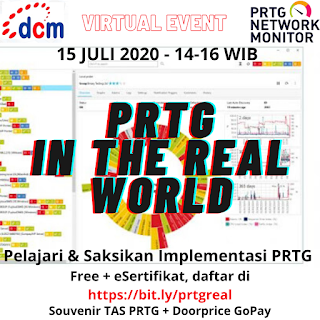ITAM
TOP 3 IT ASSET LIFECYCLE MANAGEMENT (ITAM) CHALLENGES
IT asset lifecycle management (ITAM) gives your IT team access to your organization’s asset lifecycle data from the moment you request the asset through the time it expires or is decommissioned. ITAM makes your IT infrastructure transparent while offering insight into the following: systems and equipment, location of components, use and cost of assets, asset warranty and expiration, and how assets affect your organization’s services.

But there are challenges, one of which is cost. Are you keeping a close eye on your organization’s IT spending to ensure money is being used wisely? It’s important not to risk overspending, which is easier said than done. There’s a wealth of solutions and solution providers that address certain problems but not the entire asset lifecycle. Organizations are looking for a “one-stop-shop solution to solve their problems,” according to the article “The Importance of IT Asset Lifecycle Management.”
Cloud-based services are growing in popularity, as are employees bringing their own devices to work (BYOD) or choosing their own device at work (CYOD). But many of the management systems lack cross-platform compatibility. Managing different kinds of devices is a challenge, and the following issues often occur:
- 1. Troubleshooting of devices becomes more time consuming.
- CSO paints this scenario: You arrive at the office one morning to find a key application down, investigate, and find out that the system on which it ran was eight years old and died overnight. Devices — and systems — won’t run forever, or even for as long as we’d like them to or predict that they will. CSO advises equipment lifecycle management needs to be planned, rather than something that happens when there’s a crisis. For example, repairing or replacing older PCs can cost more than purchasing new systems. Without ample resources dedicated to planning and implementing asset lifecycle management, the cost of mitigating crises will affect your organization’s bottom line.
- 2. Traditional installation methods are too static and require additional maintenance.
- Multiple, distinct systems are required to complete even basic activities involved in the management process for a diverse set of devices running various operating systems. This complexity results in increased disintegration of data, workflows, and processes between the systems in place.
- 3. There is an increase in security challenges.
- Companies get away with poor asset management until hackers use that to their advantage. There are vulnerabilities in devices and software in even smaller-sized businesses. According to Robert C. Covington in CSO, network vendors can drop support for a router, firewall, or access point model in favor of a new one rather quickly, which means old models are left unsupported. “A network device that no longer receives firmware updates is an invitation to security trouble.” Devices also need to frequently be dispatched with virus updates, patch management, and license compliance. Every device, gateway, platform, cloud, and service is a potential domain. “Each domain will have its own requirements, policies, rules, and constraints with which the Internet of Things must ensure compliance,” according to InfoWorld.
source: https://www.dccit.com/blog/common-it-asset-lifecycle-management-challenges




No comments
Post a Comment